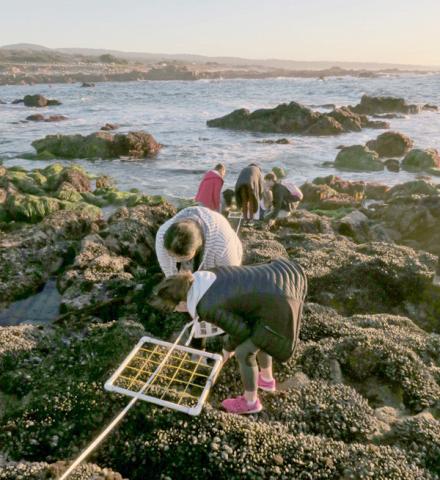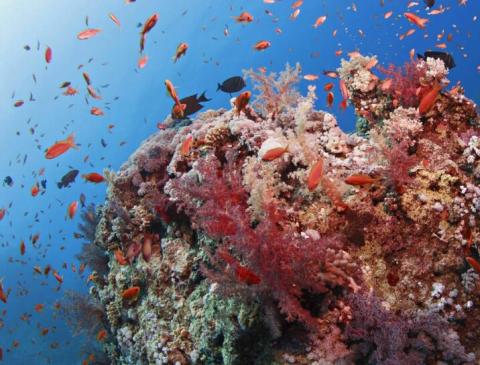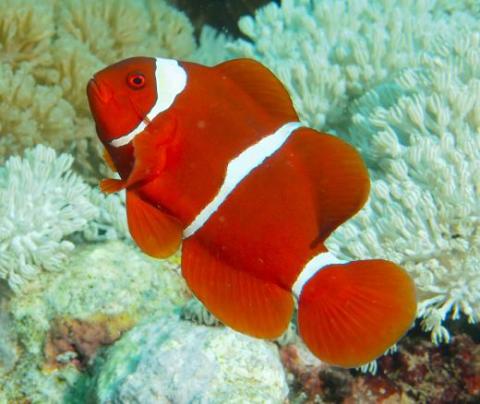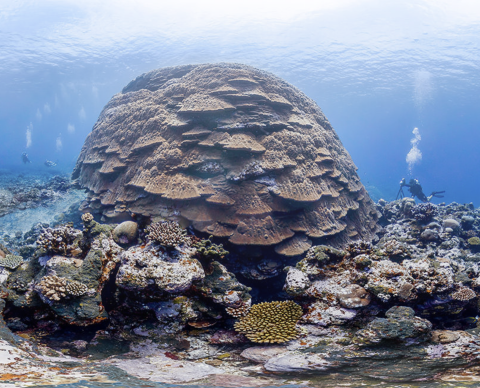The earth’s temperature has been rising since the start of the Industrial Revolution. There are always variations in the climate, but scientific evidence overwhelmingly indicates that human activities—particularly emissions of heat-trapping greenhouse gases— are the cause. Humans have so far warmed the planet 1.1 degrees Celsius (2 degrees Fahrenheit), mainly by burning coal, oil and gas for energy, and by cutting down forests, which help absorb the planet-warming emissions. Carbon dioxide in the atmosphere has risen steadily as shown in the graph below.
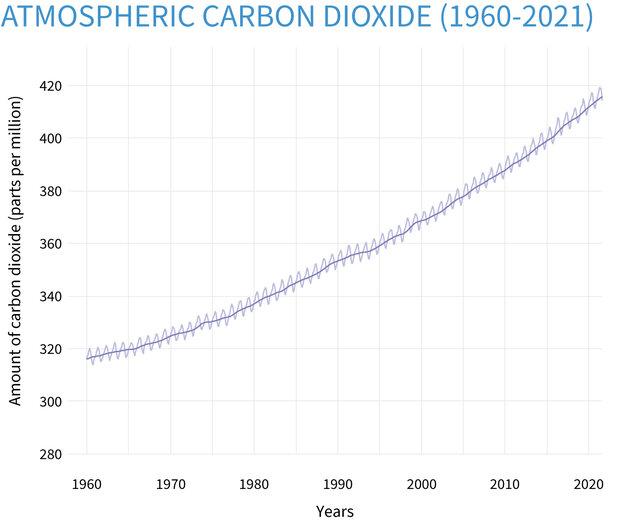
With the increase in carbon dioxide in the atmosphere, the Earth’s temperature has risen.
The graph below shows how the planet’s average temperature has risen above the norm to 1.00C (1.8F) as of July 2021.
Because we are in a climate crisis, as the graphs above illustrate, policy makers and scientists from around the world have come together to predict the impact of climate change and to commit to climate action.
At a meeting in 1992, 197 nations (referred to as “The Parties”) agreed to a new environmental pact called the United Nations Framework Convention on Climate Change (UNFCC). “The Parties” have a conference (COP stands for Conference of the Parties) in a different country every year. In 2015 at COP21 in Paris, 195 of the nations signed the Paris climate agreement, which for the first time required every country to submit a plan for curbing emissions. The latest meeting was in Glasgow in the fall of 2021 known as COP26..
The nations of COP rely on science. The Intergovernmental Panel on Climate Change (IPCC) is a body of the United Nations responsible for advancing knowledge of human-induced climate change. The IPCC is the most important source of scientific information for the COP. So far there have been five Assessment Reports created by the IPCC. They all acknowledge the need for action. The latest report from early 2022 shows that scientists have more confidence in the outcomes of inaction. They say we urgently need to limit warming to 1.5 degrees Celsius to avoid catastrophic warming and that we have three years to hold warming to 1.5C. But, we are already at 1.1C.
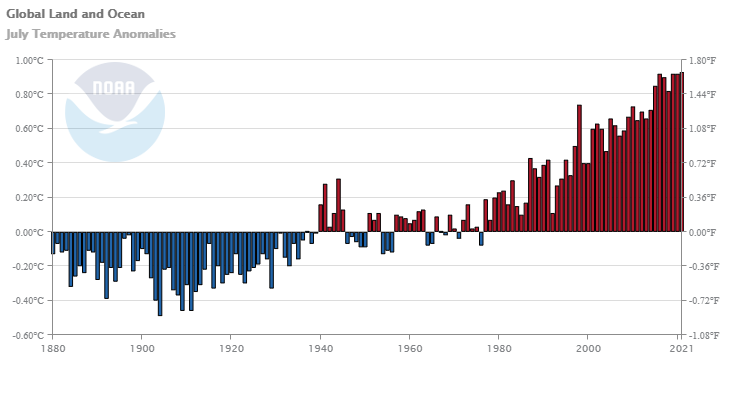
A meta-study found that at least 85% of the world’s population is already affected by climate change: more intense storms, heat waves, droughts, wildfires, and floods. Crops are failing and insect borne diseases are spreading.
Using Climate Stripes you can see how your state, country or region have warmed from 1895-2021.
The earth is an ocean planet. Covering 70% of the globe, the ocean absorbs about 90% of the atmosphere’s heat. The world’s oceans drive the global climate and weather: oceans influence the climate and weather locally and globally; and the climate can change the oceans. As the atmosphere has warmed due to human-driven climate change, the ocean has taken up about 90% of the excess heat. And, that has taken a toll: the ocean is warmer than at any time since we began keeping records in the 1880s.
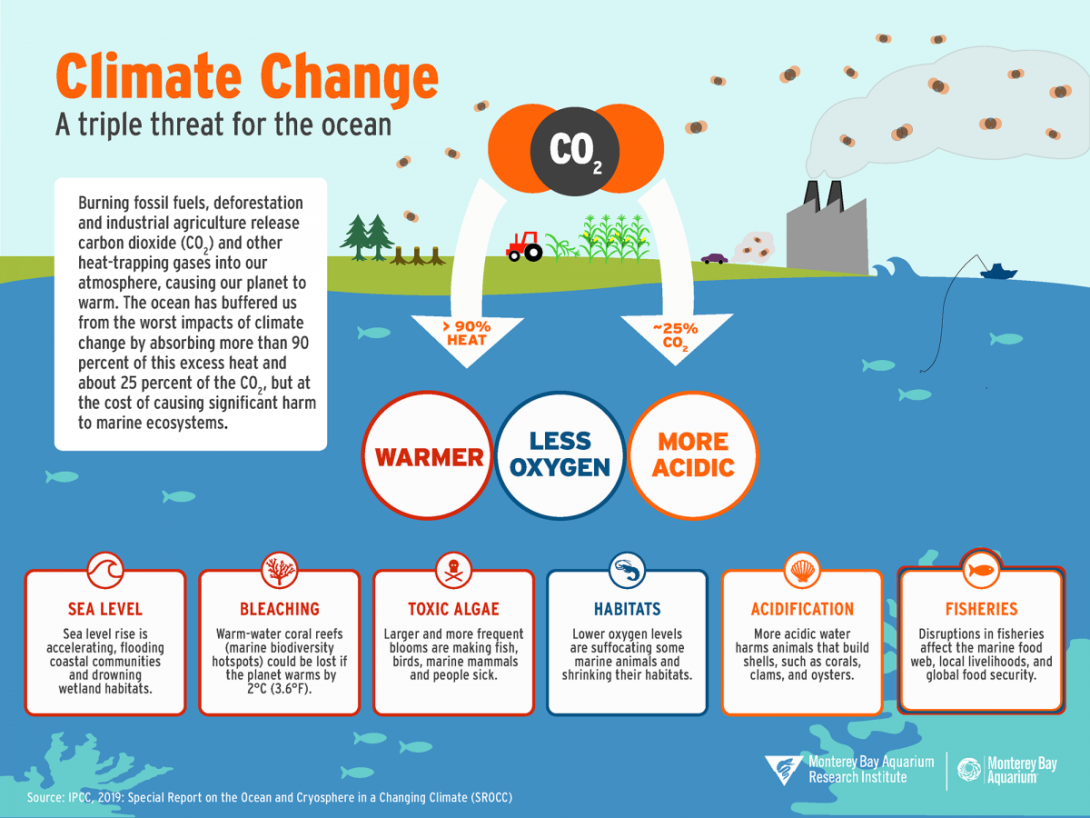
The warming of the ocean has many dire consequences: sea level rise, coral bleaching, decrease in oxygen levels, algal blooms, species moving or dying if they can’t adapt, and changing currents.
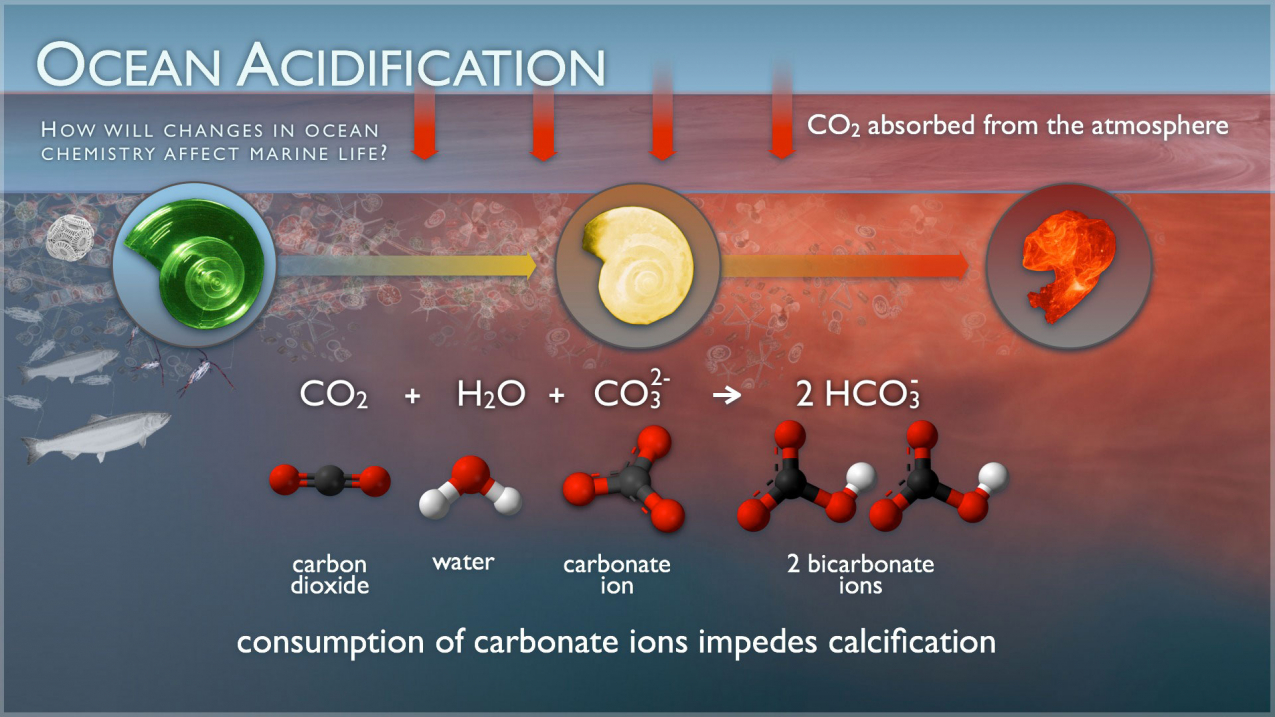
As the carbon dioxide in the atmosphere increases due to human activity, and the ocean absorbs it, the ocean’s chemistry changes, becoming more acidic. This ocean acidification has impacts on sea creatures. Scientists have been investigating the potential effects over the last 25 years. Many shell-building animals are already showing signs of this stress.
